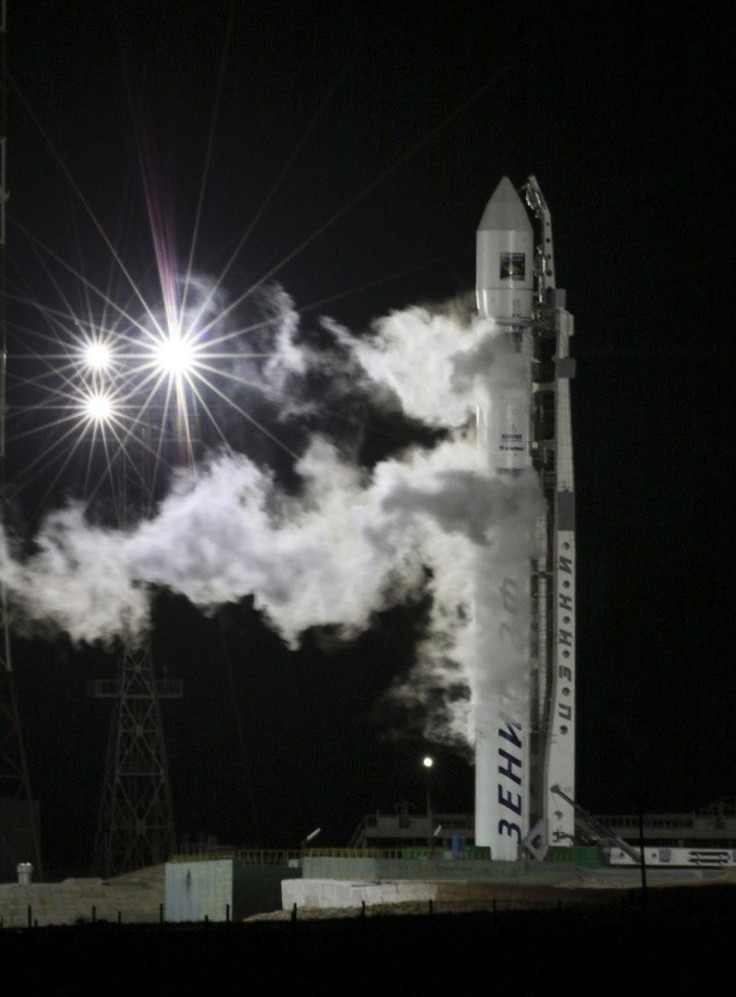Failed Russian Space Probe May Plunge Back to Earth Soon

A stranded Russian science satellite, loaded with enough rocket fuel for a round-trip mission to Mars, is expected to plunge back to Earth on Sunday, but officials said on Friday they don't know when or where it will hit.
The spacecraft was designed to retrieve soil samples from the Martian moon Phobos, but it became stuck in Earth's orbit after a botched launch on Nov. 8.
Since then, the spacecraft has slowly been losing altitude due to gravity's pull.
The 14-ton spacecraft, whose mass includes about 11 tons of toxic rocket fuel, is expected to re-enter the atmosphere Sunday or Monday, the Russian space agency Roscosmos said in a statement on Friday.
Due to constant changes in Earth's upper atmosphere, which is strongly influenced by solar activity, the exact time and place of the satellite's return is unknown.
The technology is such that there is no way we can control or predict where Phobos-Grunt will come down, said Michael Simpson, executive director of the Colorado-based Secure World Foundation.
With 73 percent of the planet covered in water, odds are this thing is going to splash down rather than hit land, Simpson said. The chance that this is going to be a threat to anyone is extremely remote, but people are concerned.
How much of the satellite will survive the fiery plunge through the atmosphere is unknown, though experts believe the load of toxic fuel will not be among the debris. Russia said the probe's fuel tank is made of aluminum, which is expected to incinerate during re-entry.
In 2008, the U.S. Navy shot down a stranded U.S. spy satellite reportedly to cut the contamination risk of 100 pounds of rocket fuel. However, that satellite's fuel tank was believed to have been made of metal alloys more resistant to heating than aluminum, Simpson said.
One component of Phobos-Grunt that likely will survive re-entry is a small return capsule specifically designed to make a crash landing back to Earth in 2014.
Phobus-Grunt's return to Earth is being monitored by dozens of organizations, including the Inter-Agency Space Debris Coordinating Committee, an offshoot of the United Nations' Committee on the Peaceful Uses of Outer Space. The panel includes representatives from 12 space agencies, including NASA, Russia, and China.
The spacecraft is the third large satellite to return to Earth since September, when NASA's defunct Upper Atmosphere Research Satellite fell out of orbit, showering debris into the Pacific Ocean. Germany's Rosat X-ray telescope re-entered a month later over the Bay of Bengal.
(Editing by Tom Brown and Stacey Joyce)
© Copyright Thomson Reuters 2024. All rights reserved.






















